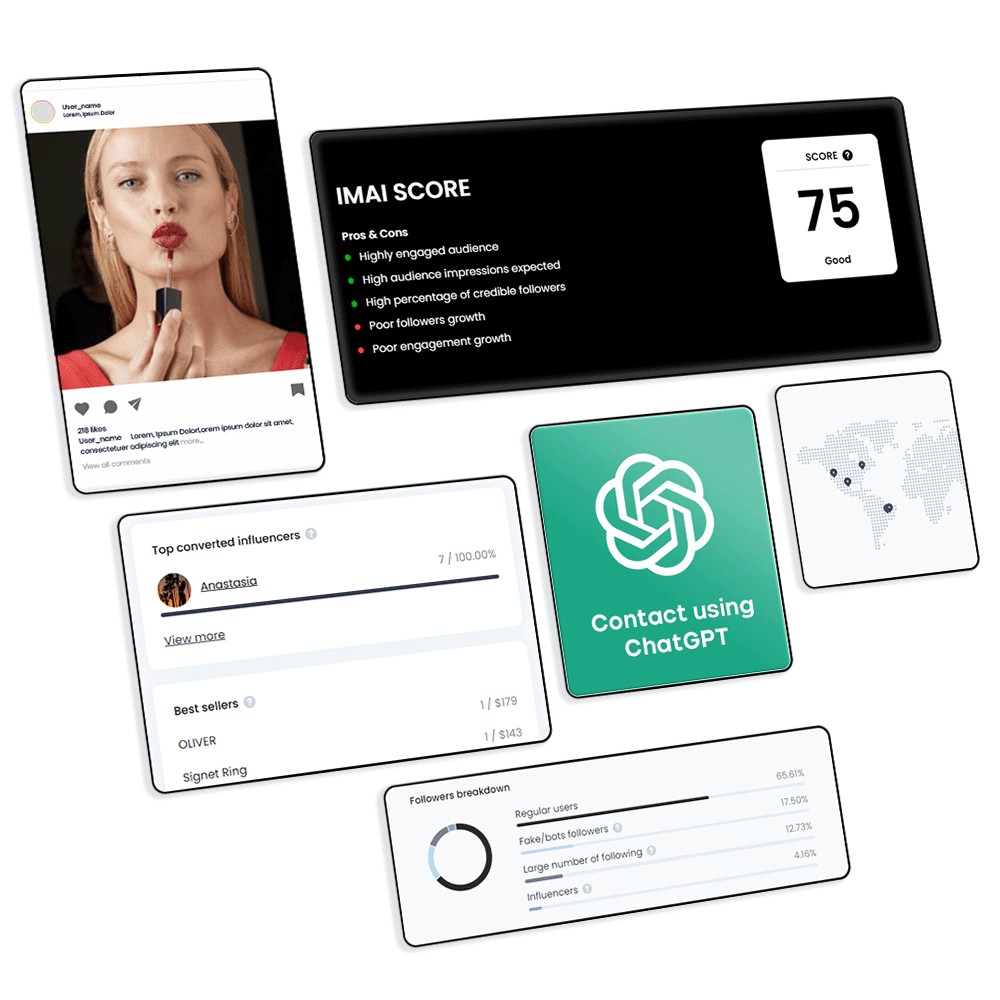Unmasking the Imposters: How to Spot a Fake Influencer on Twitter

While the idea of an influencer is glamorous, it appears to have been taken too far. It has become common knowledge that there are many accounts out there that pretend to be an influencer, but do not have the following or credibility of an actual influencer.
It’s important to know how to spot these fake influencers so you don’t waste time following an insincere authoritative figure. Here are some signs to look out for when attempting to identify a fake influencer twitter account.
Are you suspicious of Fakers on Twitter? Our article will discuss the concept of identifying Fake Influencers on the platform; specifically, we’ll tackle the 5Ss of Spotting the Fakers: Sniffing for suspicious activity, Scrutinizing their details & followers, Sensing their involvement, Screening for deceptive tactics, and Suppressing the impact. We’ll go over how to arm yourself against such Fakers and offer advice on how to make sure your online influencer outreach is staying real.
Table of Contents
Introduction to the Fake Twitter Influencer
Fake Twitter influencers are those individuals who use their social accounts to generate income from sponsorships and other promotional activities. While traditional influencers build relationships with their followers, fake Twitter influencers often purchase followers or engage in other fraudulent activities to gain a large following, without actually having any real influence.
Fake influencers may also retweet or post popular content in order to appear respected and gain followers, yet this does not represent influence, as none of the viewers are engaging with the post or account. Fake influencers can damage the authenticity of social media platforms and mislead businesses into investing in those that lack genuine followers.
Defining the Characteristics of Fake Influencers
Fake influencers can be identified by a few key characteristics, such as having an abundance of followers from completely different countries and very minimal engagement on posts. Furthermore, these influencers often post pictures that are not relevant to their niche and feature heavily edited, stock images.
Fake influencers may also post too frequently, alternating between over-editorialized marketing language and fake stories about their lavish lifestyles. Ultimately, their phony accounts and reach exist for their own personal gain, rather than to authentically reach and influence their audience.
Identifying Fake Influencers with Tools and Techniques
Having an influential presence on social media has the potential to open up many doors, both professionally and personally; however, it can be difficult to differentiate between genuine influencers and those who have adopted a ‘fake it till you make it’ approach. To ensure that brands are working with the real thing, there are a variety of tools and techniques available to verify the trustworthiness of influencers.
From social media analytics that measure the reach and engagement of potential influencers as well as to the review of past advertising campaigns for an authenticity check, it is possible to identify any inconsistencies or fraudulent activity. Companies can also analyze the language and tone of influencers’ content, as well as any activity from accounts that are owned or controlled by the influencer.
Taking the time to verify influencers with these tools and techniques can help companies avoid costly mistakes and ensure a mutually beneficial relationship with a genuine influencer.
Responding to Fake Influencers on Twitter
It’s becoming increasingly commonplace for brands to promote their products and services through influencers on social media. Fake influencers, however, pose a thorny problem for brands on Twitter.
Fake influencers are individuals who either buy a large number of fake followers or steal legitimate influencers’ identities to lend phony social authority to a brand’s Twitter marketing campaigns. To combat fake influencers, brands must first verify the legitimacy of influencer profiles before entering into any partnerships.
Additionally, they should respond quickly to reports of fraudulent activity, utilize the reporting tools available on Twitter, and evaluate the influencer’s overall engagement with followers. Doing so will prevent brands from wasting their valuable resources on fake influencers and their unscrupulous tactics, allowing them to more efficiently reach their desired consumer base.
Best Practices for Spotting Fake Influencer Accounts
Best Practices for Spotting Fake Influencer Accounts is an important topic to understand in order to ensure that campaigns and strategies are successful. It can be difficult to tell what is genuine and what is fraudulent, but there are a few key indicators that marketers should watch out for.
Look out for an excessive amount of followers who have been acquired too quickly. Many times these accounts will follow brands, influencers, and other accounts that are not related to their audience or area of expertise.
These accounts also often have high engagement numbers yet hardly any direct interaction with followers or any real presence in the comments section. Additionally, many of these accounts have low quality photos, generic captions, and lack of brand mentions.
By being aware of these red flags and doing further research, marketers can easily spot the fake influencer accounts and stay on top of their campaigns.
Uncovering True Influencers: How IMAI is the Perfect Solution for Fighting Fake Twitter Accounts
IMAI is the perfect end-to-end influencer marketing platform to help with signs of fake influencer Twitter. Our platform offers comprehensive analytics and monitoring capabilities that make it easy to identify accounts that are not acting in an authentic way.
With powerful AI-driven analysis, you can not only detect fraudulent accounts but also measure the impact of your campaigns, allowing you to make more informed decisions. Additionally, our platform offers automated operations, which streamlines the process of reaching out to influencers, tracking activity, and smoothly managing campaigns.
All of this is designed to help ensure that the influencers you work with are the real deal.

In Summary
In conclusion, it is important to be mindful of potential fake influencer Twitter accounts and be vigilant. Finding fake influencers is not an easy task and requires looking out for certain tell-tale signs when making evaluations of accounts.
Taking the time to do so can help to prevent consumers from being deceived by fake influencers and countless other potential risks – making sure that your brand is protected and real influence is being used to its fullest potential.










 "A Must-Have Tool for Influencer Marketing"
"A Must-Have Tool for Influencer Marketing"
 "Game changer for Social Commerce and Brand Awareness"
"Game changer for Social Commerce and Brand Awareness"


